So I have been using a slightly modified version of the python script from the first answer here and I added a class called "SpeechBlock" by adding it here:
level = [
"PPPPPPPPPPPPPPPPPPPPPPPPPPPPPPPPPPPPPPPPPPPPPPPPPPPPPPPPPPPPPPP",
"P P",
"P P",
"P P",
"P P",
"P P",
"P P",
"P P",
"PPPPPPPPSPPPPPPPPPPPPPPPPPPPPPPPPPPPPPPPPPPPPPPPPPPPPPPPPPPPPPP",]
# build the level
for row in level:
for col in row:
if col == "P":
p = Platform(x, y)
platforms.append(p)
entities.add(p)
if col == "E":
e = ExitBlock(x, y)
platforms.append(e)
entities.add(e)
if col == "S":
s = SpeechBlock(x, y)
platforms.append(s)
entities.add(s
and making it a class:
class SpeechBlock(Platform):
def __init__(self, x, y):
Platform.__init__(self, x, y)
self.image.fill(Color("#0033FF"))
self.x=x
self.y=y
def speak(self):
self.events = [
"test",
]
for row in self.events:
image=pygame.image.load(row+".png")
screen.blit(image, (self.x,self.y))
The script already had a method for collisions and I added the last 3-lines here:
ef collide(self, xvel, yvel, platforms):
for p in platforms:
if pygame.sprite.collide_rect(self, p):
if isinstance(p, ExitBlock):
pygame.event.post(pygame.event.Event(QUIT))
if xvel > 0:
self.rect.right = p.rect.left
print("collide right")
if xvel < 0:
self.rect.left = p.rect.right
print ("collide left")
if yvel > 0:
self.rect.bottom = p.rect.top
self.onGround = True
self.yvel = 0
if yvel < 0:
self.rect.top = p.rect.bottom
if isinstance(p, SpeechBlock):
SpeechBlock.speak(self)
pygame.display.update()
What I wanted and still want to achieve is that when the player is stands over a SpeechBlock an image of a speech bubble is blitted onto the screen. Instead what happens is that when the player stands on the edge of a SpeechBlock the image will appear for a short moment and then disappear and then reappear for a moment and so on... What have I done wrong? I'm pretty new to pygame so I don't really know much about how blitting and display updating/flipping works. Any help would be greatly appreciated.
